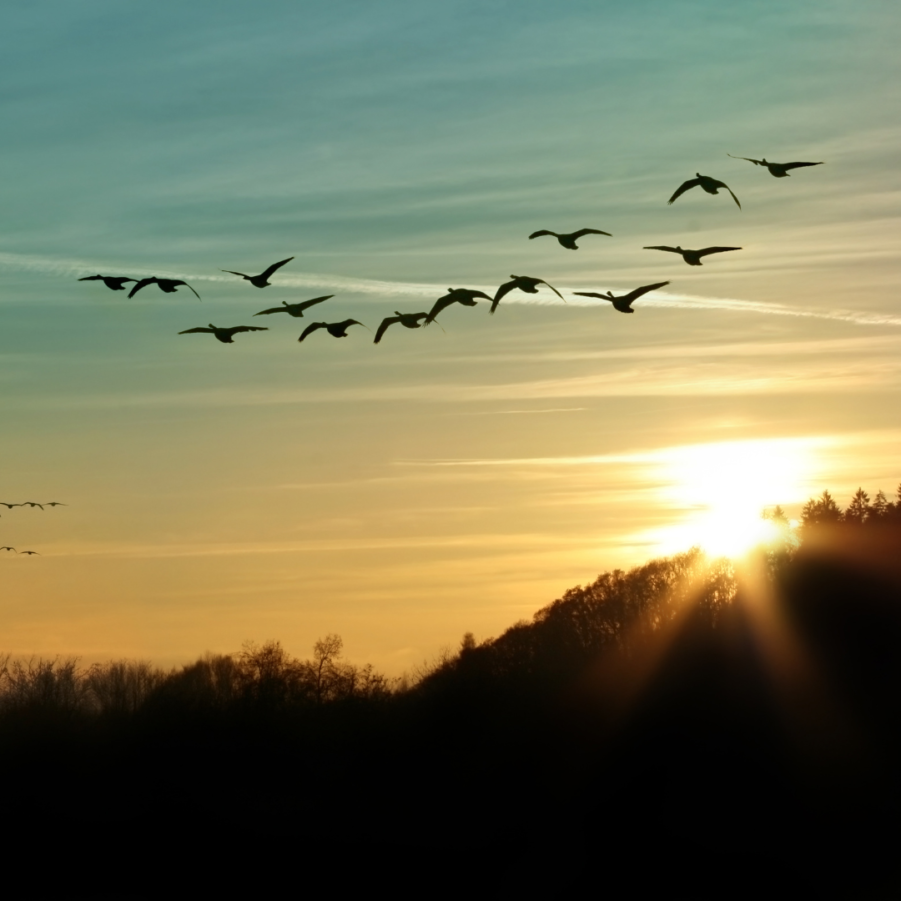Bird migration is one of the most impressive wonders of the natural world. Every Fall, birds in the Northern hemisphere fly South to spend the Winter in warmer climates. This can mean fantastic journeys of thousands of miles including trips across oceans! If you’ve read my post on why birds fly South for Winter, then you’re probably aware that there are major advantages to migration. But even so, it’s hard to imagine how birds, especially small ones like warblers can go all that way. What do birds use to navigate during migration?
In this Naturalist Answers post, let’s explore the how of bird migration. How do they actually navigate and know where they are? This is a question I’ve thought about a lot, and one which people ask me frequently. And like many situations in the real world, it’s a matter of multiple right answers. From my professional training as an ornithologist, I have read about TK tools that birds use to navigate as they migrate.
Landmarks

Just like people do, many birds use landmarks to navigate. Even if it’s difficult to remember road names (I’m awful at it), you can resort to remembering prominent landscape features. For example, tall buildings, patches of forest, mountains, and so on. Many migratory birds do something similar. In fact, they recognize all kinds of large structures, including buildings and cities, to help them stay the course during migration. Many species also rely on following the coastline to maintain direction.
The weakness of this migratory strategy is that if major landmarks change (like buildings being torn down, or forests disappearing), the birds can lose their way.
Memory
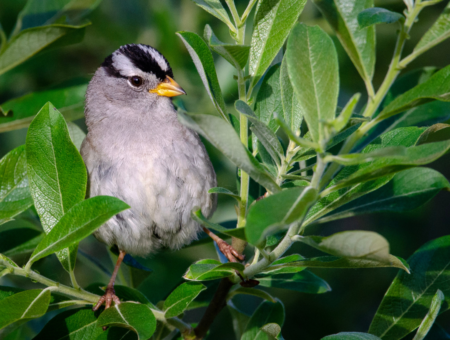
Some species use innate “memory” of approximate distances and velocities over the course of their journey. Researchers often call this “dead reckoning”. They may consistently fly some number of nights due North, then a couple other nights East, and so on. Some young birds are even “pre-programmed” with these routes, so they don’t need to follow their parents.
While changes to the landscape don’t affect this method, a successful journey depends on starting from the same point. If the migrating birds are moved around, their mental map will be offset. To test this, researchers in the U.S. moved white-crowned sparrows (Zonotrichia leucophrys) away from their usual starting point. Adult birds were experienced enough to correct for their changed starting point. However, young and inexperienced birds migrated their usual, pre-programmed distances and ended up way off course!
The night sky or “star compass”

Just like the traditional seafaring navigators of Polynesia, birds can also read the stars to orient themselves on migration. Ornithologist Stephen Emlen discovered that young birds look up at the stars from their nests at night. Over time, they learn to identify the North star, which remains fixed with respect to the Earth’s rotation. Once they have identified that star, they use it to indicate North, and to navigate accordingly.
To test this idea, Emlen raised young Indigo buntings in a planetarium, where he simulated an incorrect movement of the stars. Specifically, he had the North star move around, and made a different star remain the same. Upon release for migration, they moved in a spiral rather than a straight line. This was because the young birds were navigating according to the wrong star, which changed position over time!
Polarized light or the “sun compass”

Birds’ eyes can collect a lot more information from their environment than ours can. For example, birds can see into the ultraviolet spectrum, picking up on colors and patterns that we can’t. Additionally, like some insects, birds can see polarized light. Another way that birds navigate during migration is by keeping track of this polarization, and using it as a directional cue.
Light coming to Earth from the sun is “unpolarized”, meaning that its light waves are oriented randomly. In other words, the “wiggle” associated with the wave-like properties of light is happening in all directions. However, as that light interacts with air in our atmosphere, it becomes increasingly scattered. This scattering makes those light waves line up more cleanly, becoming more polarized.
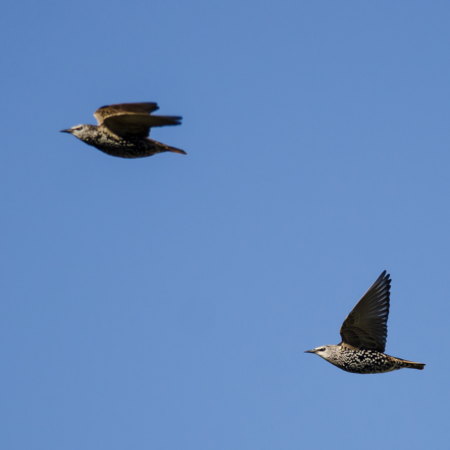
This Rayleigh scattering, is also the reason that the sky is blue. For the birds, however, it means that they can always tell where the sun is, even when they can’t see it. The further away a bird looks from the sun, the more scattered and polarized the light. Since they can tell the difference between polarized and non-polarized light, they can tell if they are looking toward the sun, even on a cloudy day. This lets them keep track of the sun and use it to tell their direction based on the time of day.
Birds aren’t the only animals that navigate this way. Check out this excellent video from biology professor Scott Turner on how bees use polarization to stay oriented and find their way home.
The “magnetic map”
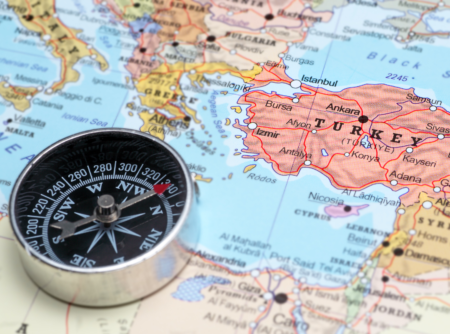
Although we can only see it when we use a real compass, our planet has a magnetic field that can be helpful for navigation. This could help not only guide birds in determining their orientation or direction, like a compass, but could also function as a map.
Some birds have magnetic iron oxide particles in part of their brain, which may function similarly to a compass’ needle. Recent studies also indicate that birds can somehow “see” magnetic fields. This would allow them to sense the same magnetic fields upon which our magnetic compasses rely. One study found that covering birds eyes prevented their ability to navigate based on magnetism, suggesting that they sense it visually.
There may also be a connection between the polarization birds see in the sky and their ability to sense Earth’s poles. Can you imagine seeing all that on top of the normal array of colors?
Smells like home
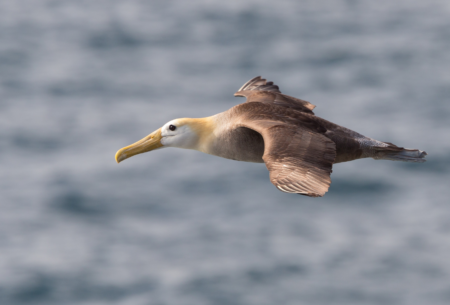
Although it is still debated, some birds may also use their noses navigate during migration. In other words, by smelling indicators of useful landmarks like salty coast air or forest loam, some birds can orient themselves. Many seabirds, for instance, may follow certain specific scents to help them navigate over long distances.
Homing pigeons often rely at least partially on smell to find their home lofts, and can be disoriented when they are unable to smell. In addition, Finnish researchers found that gulls that had lost the ability to smell had a harder time correcting displacements in their migratory routes.
Thanks for reading about how birds navigate during migration!
Have you spotted any migratory birds coming through your area? Which bird navigation strategy is your favorite? Share with us in the comments! If you enjoyed this post, please share Gulo in Nature with friends and connect with us on Social Media. Until next time!

